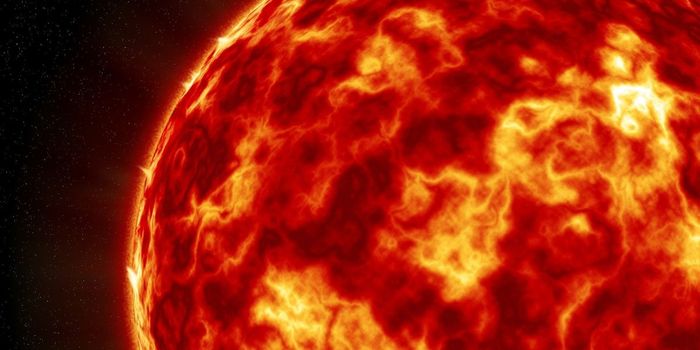Timing is everything right? Well, in every day life, if a watch or clock loses a little time or gains a few minutes, it's not always a big deal. When it starts to matter is in the high tech devices we depend on. Mostly GPS devices. They work by receiving signals from satellites, and if those signals are off by even one second, that translates to a distance error of over 300 meters. Clocks keep time by resonating at specific frequencies. Early clocks were pendulums that swung back and forth and moved gears, but manufacturing was not standard. Quartz crystal is another material used since the late 60s since it vibrates with electricity and the resignations are fairly consistent, but still not precise enough. Temperature and other environmental issues can affect it.
Physicists know that atoms oscillate at precise rates, especially atoms of the same kind. The Atomic clock was developed using two Cesium 3 atoms that oscillate around each other at a frequency of 9,192,631,700. This is now how a second is defined. Using cesium, which produces electrical waves, a radio transmitter is tuned to match the rate of of the cesium oscillation. Cesium atoms are then detected passing through the waves and electrical pulses can be turned up or down to keep the rate of oscillation precise. This is how GPS satellites measure time and distance so accurately. The atom smasher at Cern and many other devices depend on this precise time.








